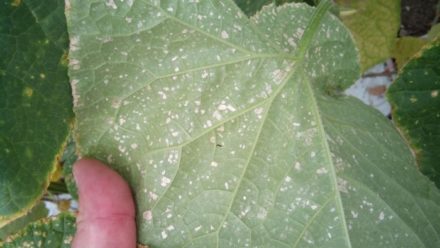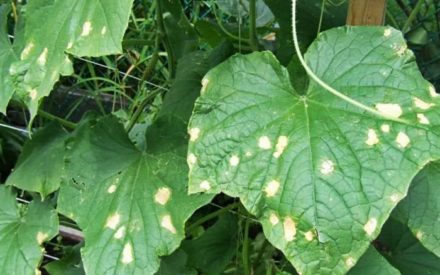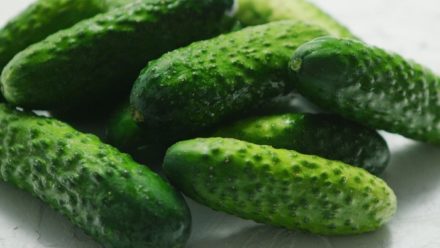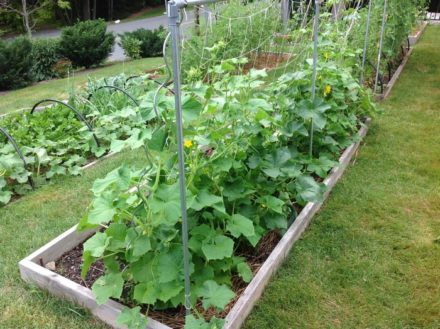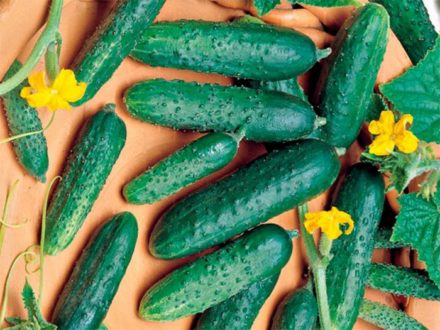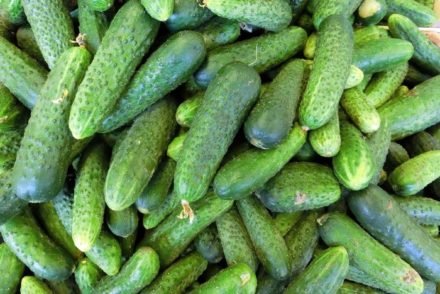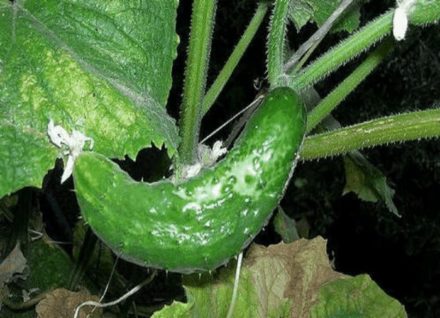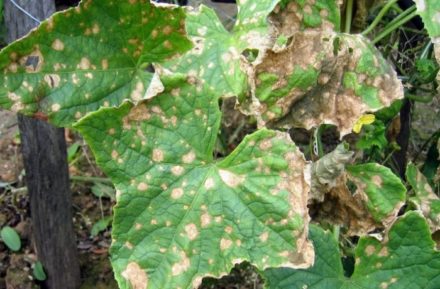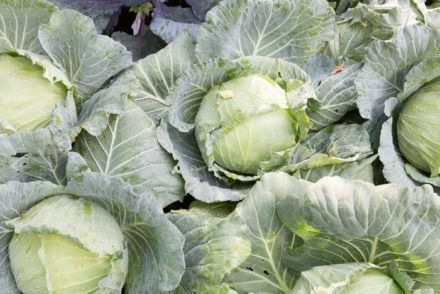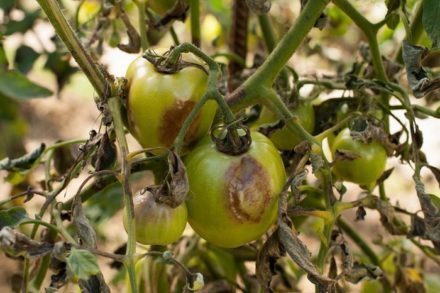Cucumber is a crop susceptible to many diseases, most of which are fungal in nature. One such disease is white rot. The initial stage of the lesion is easy to miss. Gardeners often notice the disease when black dots appear on cucumber leaves. The earlier treatment is started, the greater the chance of preserving the harvest.
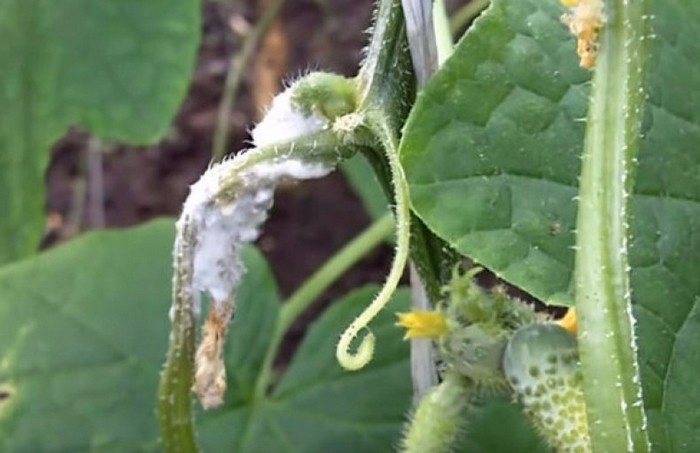
Causes of white rot on cucumbers
White rot on cucumbers is caused by a pathogenic fungus. If left untreated, the infection spreads quickly and can lead to 50–70% crop loss. White rot can begin to develop on cucumbers at any period of their growth. The disease also affects other vegetable crops in the garden. The outbreak of infection is facilitated by:
- temperature changes;
- watering with cold water;
- damage to plant tissue;
- thickened planting;
- rainy weather.
The life cycle of the pathogen Sclerotinia sclerotiorum consists of two stages. The sclerotial stage is characterized by the formation of sclerotia in early autumn.
The parasite overwinters in the top layer of soil, on plant debris and becomes active in the spring with the arrival of warmer weather. At this point, the sclerotia germinate and form fruiting bodies with maturing ascospores (marsupial stage). With the help of the wind, ascospores are carried onto plants, after which they germinate in their tissue.During this period, visible symptoms of a fungal infection appear.
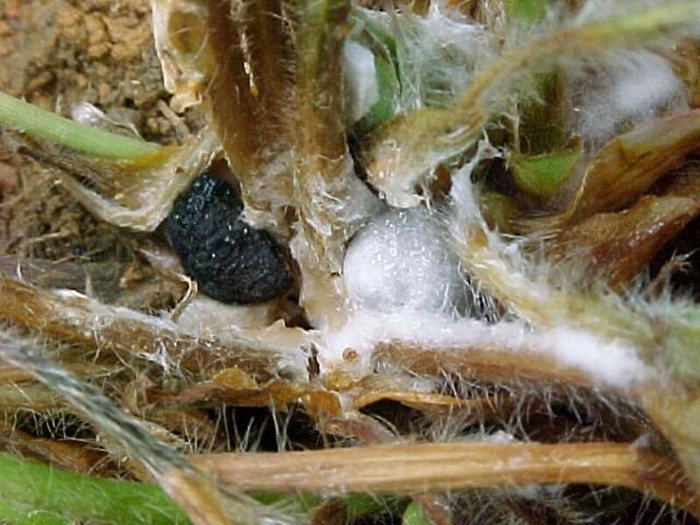
Symptoms of the disease
Initially, the disease manifests itself by the appearance of weeping sores at the base of the stem. The fungus then spreads upward. Spots appear on the leaves in the form of a flaky coating, reminiscent of cotton wool. A little later, mucus forms on the affected areas, and then black dots appear, which are formed sclerotia.
The infection gradually covers all tiers of the bush. Affected:
- stems;
- petioles;
- leaves;
- fruit.
The mycelium can develop hidden inside tissues. In this case, only mucus will appear on the surface of the diseased plant.
If symptoms are detected, you must immediately stop watering and fertilizing. Treatment includes treating plants with compounds to which the pathogenic fungus is sensitive.
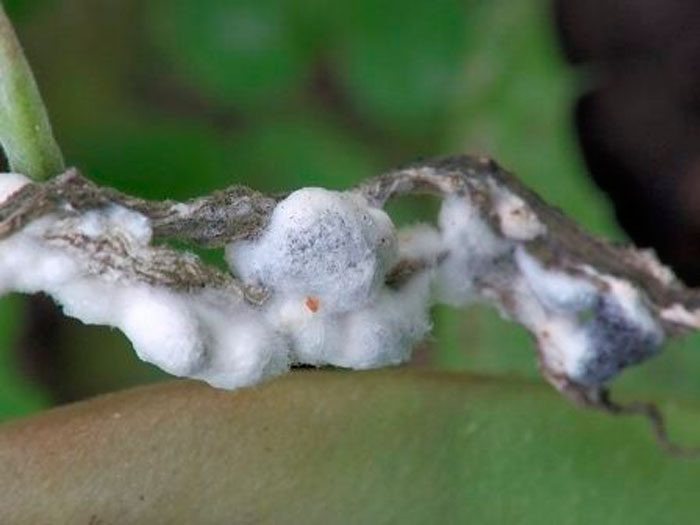
Treatment options
Most often, the disease affects cucumbers growing in a greenhouse, where it is warm and humid. To reduce humidity, it is necessary to regularly ventilate the building, while avoiding drafts. All lower leaves should be removed from the bushes. At the same time, leaf blades with signs of damage are cut off.
The wounds are sprinkled with crushed chalk or ash. The soil surface is treated with lime. If the disease is advanced, the bush is removed from the garden along with the earthen clod and burned. The remaining plants are treated with solutions that have an antifungal effect.
Suitable fungicides
Copper-containing preparations are effective against the causative agent of white rot. Systemic fungicides can also be used. For the treatment of this disease, the following are recommended for use:
- “Oxychom” – 35 g/10 l of water;
- “Abiga-Pik” – 50 ml/10 l of water;
- “Hom” – 40 g/10 l of water;
- “Acrobat MC” – 30 g/10 l of water;
- “Topaz” – 1 ampoule/10 l of water;
- “Ordan” – 25 g/10 l of water.
In total, 2-3 treatments will be needed with a break of 10-14 days. After another 1.5 weeks, it is advisable to treat the plantings with Planriz to increase immunity.
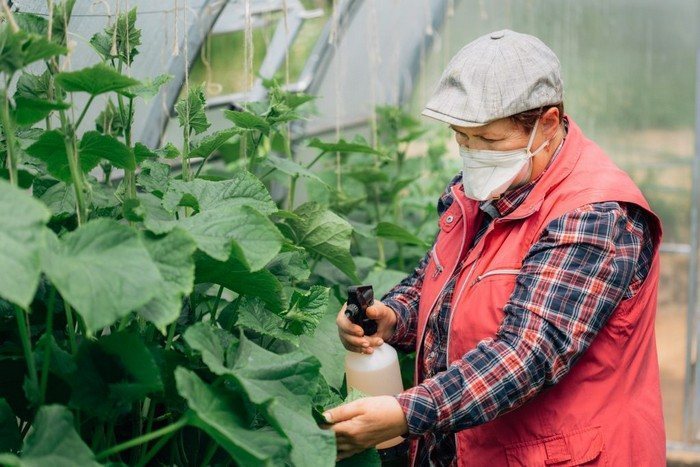
Folk remedies for white rot
Folk remedies for fighting fungus are used in the initial stages of the disease and for prevention throughout the season. The following agents suppress the development of mycelium (the number of components is given for 10 liters of water):
- Horsetail. Fresh raw materials in the amount of 2 kg are crushed, placed in a bucket, poured with 3 liters of boiling water and kept on low heat for 30 minutes. After the broth has cooled, it is filtered and brought to full volume with water.
- Garlic. Take 3 heads, disassemble them into cloves, clean them, put them through a press, and then leave them in water for 24 hours. Instead of cloves, you can use 1 kg of garlic arrows.
- Copper sulfate and whey. Dissolve 1 tsp in water. copper sulfate and add 1 liter of whey.
- Milk, iodine, laundry soap. Dissolve 1 tbsp in warm water. l. soap shavings, add 30 g of iodine and 1 liter of milk, mix.
- Potassium permanganate. To combat the fungus, use a solution of 1.5 g of potassium permanganate and water.
- Baking soda. A glass of the substance is poured into water and stirred until completely dissolved.

Despite the fact that the products are not poisonous, they are used without exceeding the dosage, otherwise the leaves may get burned. Spraying of the compositions is carried out in the evening hours.
The causative agent of the disease is highly viable and can survive in the soil for up to 5 years.After the harvest is harvested, it is necessary to disinfect the soil with a solution of copper sulfate and burn the plant residues. In the spring, the soil is disinfected again. To prevent disease, follow the rules of crop rotation and planting patterns, form bushes to improve ventilation, and ventilate the greenhouse. The growing temperature must be maintained at least 18 °C. Other agricultural technology requirements must also be observed.


